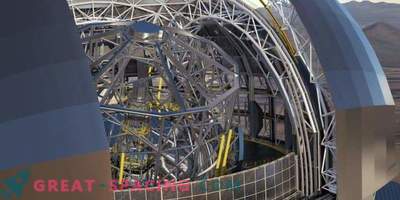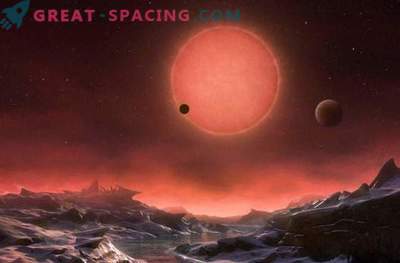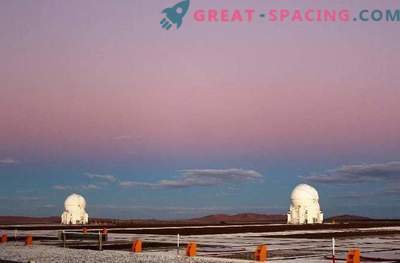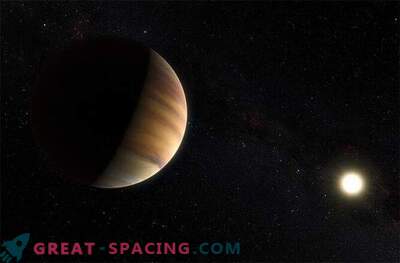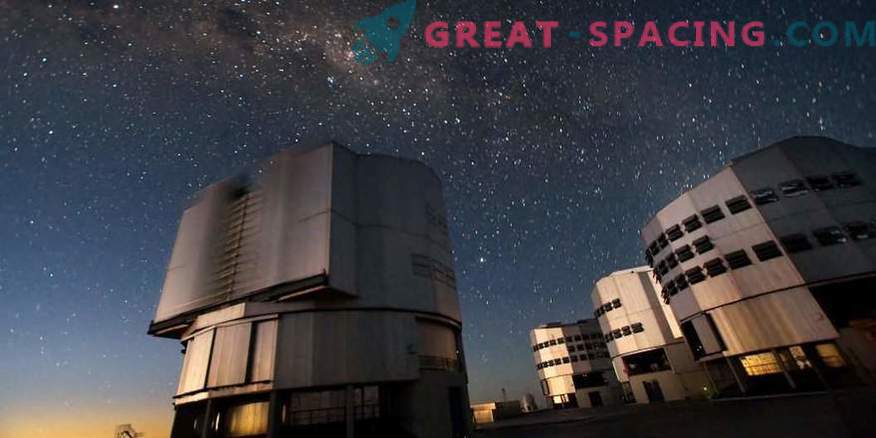
Part of the VLT (Very Large Telescope), located 1150 km north of Santiago (Chile). The device will search for exoplanets using the Espresso spectrograph
On the territory of the driest desert of the Earth, there is a black box Espresso, which plans to activate an important mission - to reveal planets of terrestrial type in space in order to find signs of life.
Espresso is a spectrograph superior to advanced technology. This is the most accurate tool of its kind and is 10 times stronger than its predecessor. In the Atacama Desert (northern part of Chile) it will be connected to 4 telescopes connected to the Very Large Telescope. Together they will explore the sky for the presence of exoplanets similar to Earth.
Atacama is a great place to do such research. The sky over the desert remains cloudless most of the year. In fact, many of the world's largest telescopes are located here. By 2020, it is expected that 70% of the world's astronomical infrastructure will be located in this area.
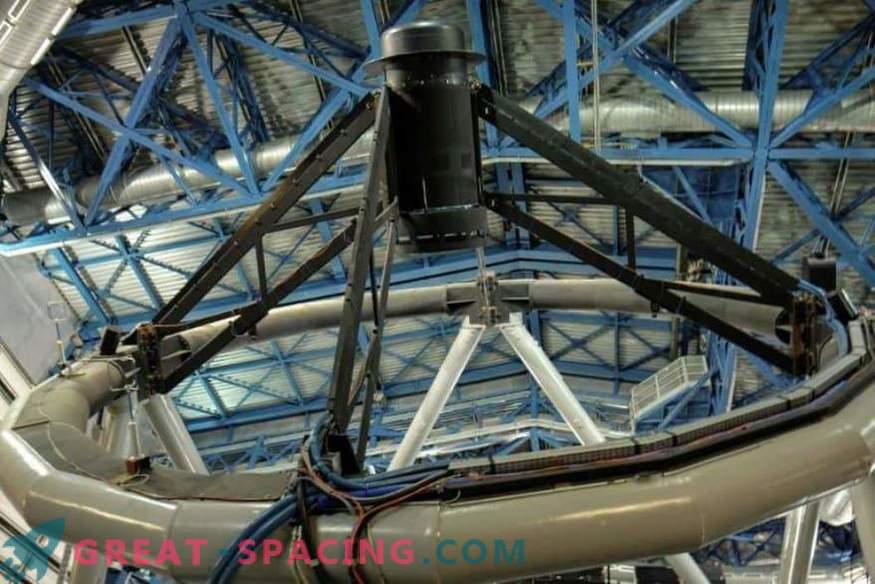
Partial view of the telescope at the Paranal Observatory (northern territory of Chile). Clear sky attracts the world's largest telescopes.
The Espresso spectrograph will analyze starlight to determine the presence of planets nearby, as well as their characteristics: the atmosphere, the presence of oxygen, nitrogen, carbon dioxide and water. The device will be available on all four telescopes, which has never been done before. So the likelihood of detecting terrestrial planets is greatly increasing.
Ten years of loneliness
Up to this point, the first accuracy spectrograph was HARPS. But he found only those planets that were much larger than the Earth and had a low probability for the presence of life. HARPS is also located in Atacama (La Silla Observatory).
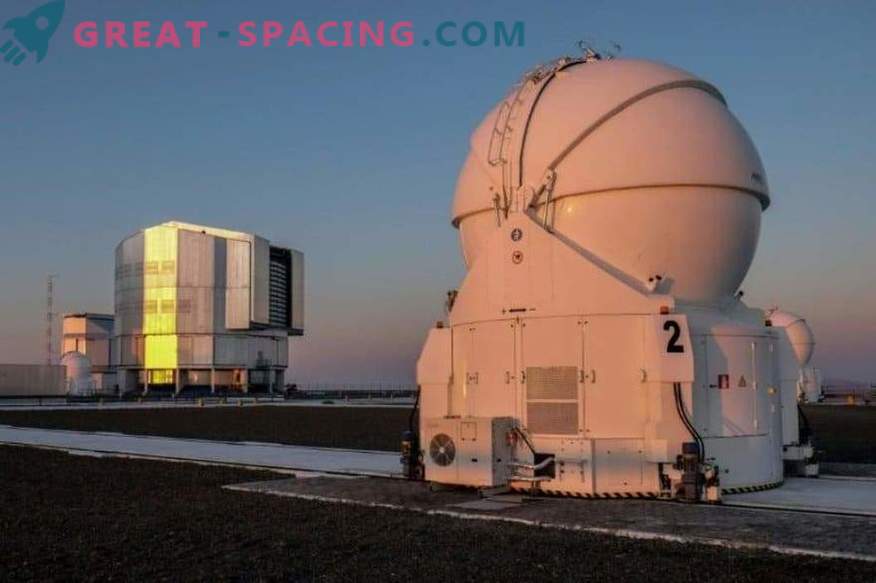
A view of the Paranal Observatory (northern Chile), where the most accurate Espresso spectrograph will start working with the largest telescopes
Espresso will help answer one of the greatest questions that will also affect the study of the planets of our system. The spectrograph is located inside a large-scale metal cylinder cooled to a temperature of -150 ° C. It was installed in early 2017 under the base of the VLT. Now the device is still at the testing stage, but in 10 months it will officially begin the mission.
The new spectrograph will have to be alone. To keep the temperature low and protect the tools, it will be placed under a castle in a giant underground room where no one will enter for 10 years.

